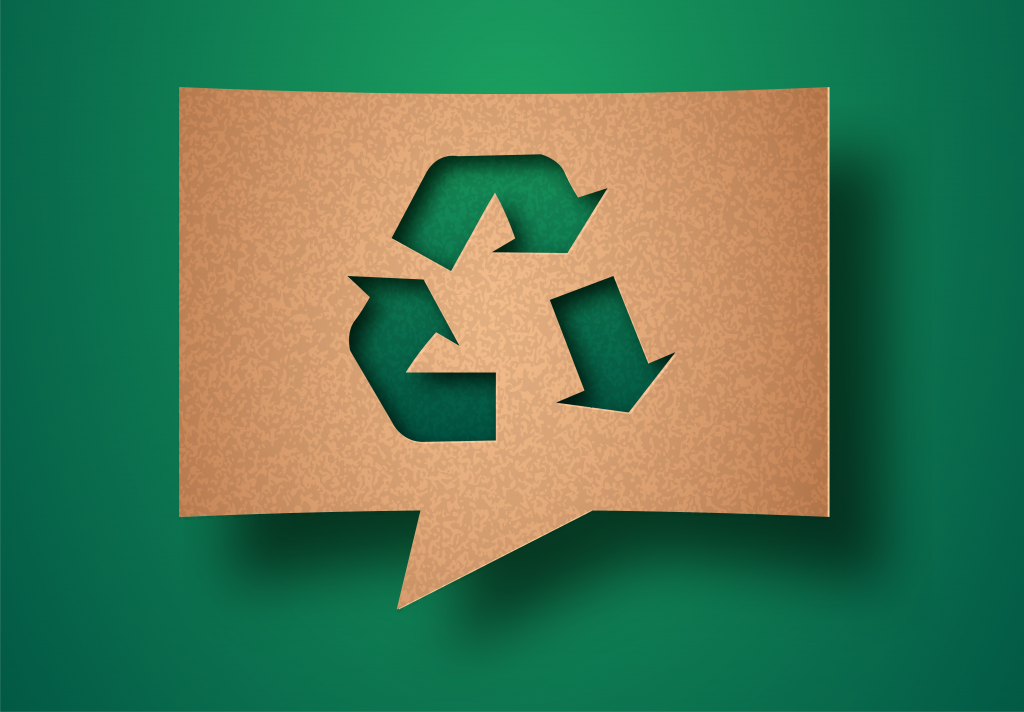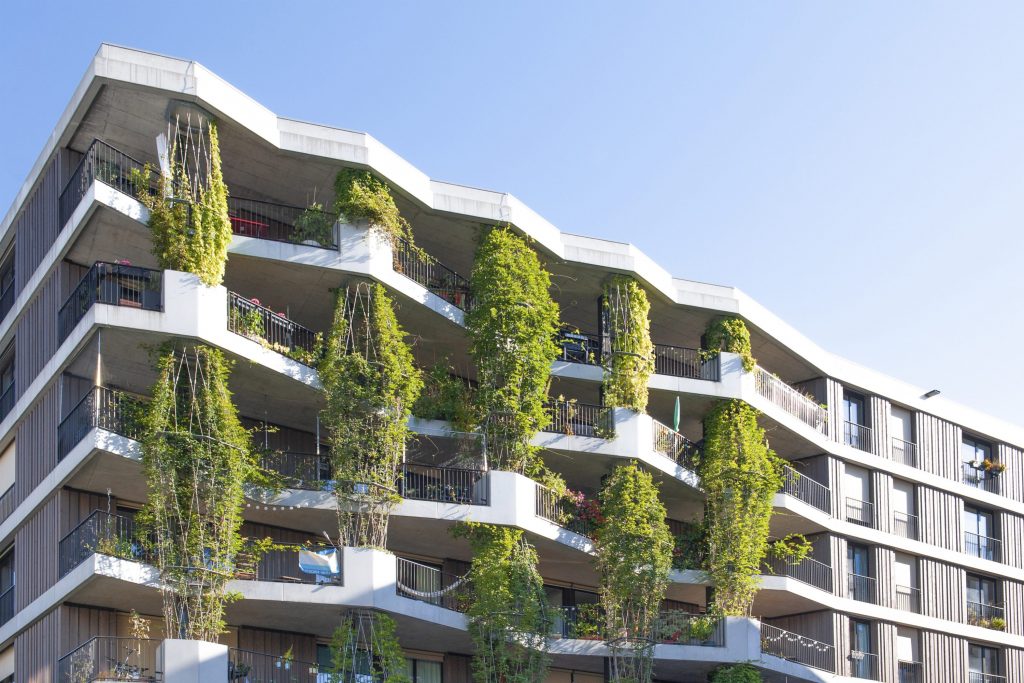TREVISION launches sustainable product line Greenline
TREVISION attaches great importance to environmental friendliness and sustainability. For this reason, we have also developed the Greenline series and launched various sustainability projects. More about this here in a short overview!
Greenline – Eco? Logical!
The materials in the Greenline series are either PVC-free or made from recycled polyester (PES). Recycled polyester, also called rPET, is obtained by melting down existing plastic and spinning it into new polyester fibre. Compared to PVC, polyester has a much lower environmental impact. Polyester fabrics are also recyclable and do not need to be disposed of like PVC.
Nine of our most important materials are currently available in our new Greenline series, with more in the pipeline:
1. Greenline printing materials PVC-FREE
- FRONTLIT PVC-FREE (material 100% PES, coating PVC-free)
- MESH PVC-FREE (material 100% PES, coating PVC-free)
- ADHESIVE FILM PVC-FREE (PVC-free foil material)
- WALLPAPER SMOOTH PVC-FREE (PVC-free fleece)
2. Greenline printing materials made from 100% recycled PES
- DYNAJET RECYCLED (single and double print, waterproof material, ideal for backlit and reflected light applications)
- DEKOTEX RECYCLED (flame retardant decorative fabric, ideal for non-illuminated applications)
- DEKOTEX TRANSMITTED LIGHT RECYCLED (flame retardant decorative fabric, ideal for backlit applications)
- DEKOTEX BLACKBACK RECYCLED (flame retardant decorative fabric with black reverse side, specially developed for
In addition, data sheets and product folders are also made from recycled cardboard. Take a look at our new Greenline and switch to the greener side of life!
Downcycling: A new life for used prints!
Another project close to our hearts is the downcycling of used print products. With downcycling, the need to use new raw materials or produce artificial materials is significantly reduced because discarded materials are used in the production of new products.
Downcycling reduces the amount of waste, saves valuable resources and thus also contributes to nature and climate protection. Against this background, TREVISION has initiated a research project that is working on solutions for the recycling of used printing materials in cooperation with universities.
Our goal is to establish a sustainable cycle by collecting print products from customers after they have been dismantled and breathing new life into them. The first trial runs with customers have already started.

Full transparency through TREVISION CO2 footprint
Recently we already told you about our cooperation with myclimate. The focus is on the evaluation and minimisation of TREVISION’s corporate carbon footprint.
With the help of myclimate, a final carbon footprint has now been drawn up for TREVISION and the concrete CO2 footprint of three locations has been determined. TREVISION is thus one of the few companies that have actually calculated this value and are not just greenwashing.
The underlying analyses and data form a sound basis for reducing our CO2 footprint in a continuous improvement process. In the future, it will also be possible to indicate the CO2 emissions per square metre for each of our products.
On this basis, TREVISION will be able to transparently advise its customers which products offer tangible added value for the customer’s sustainability strategy due to their lower CO2 footprint.

A little greener every day. The careful use of resources and the mindful treatment of nature are very important to us. With Greenline, we offer a new product line for large-format printing that is characterised by particularly environmentally friendly materials. Please contact us for further information about Greenline.

